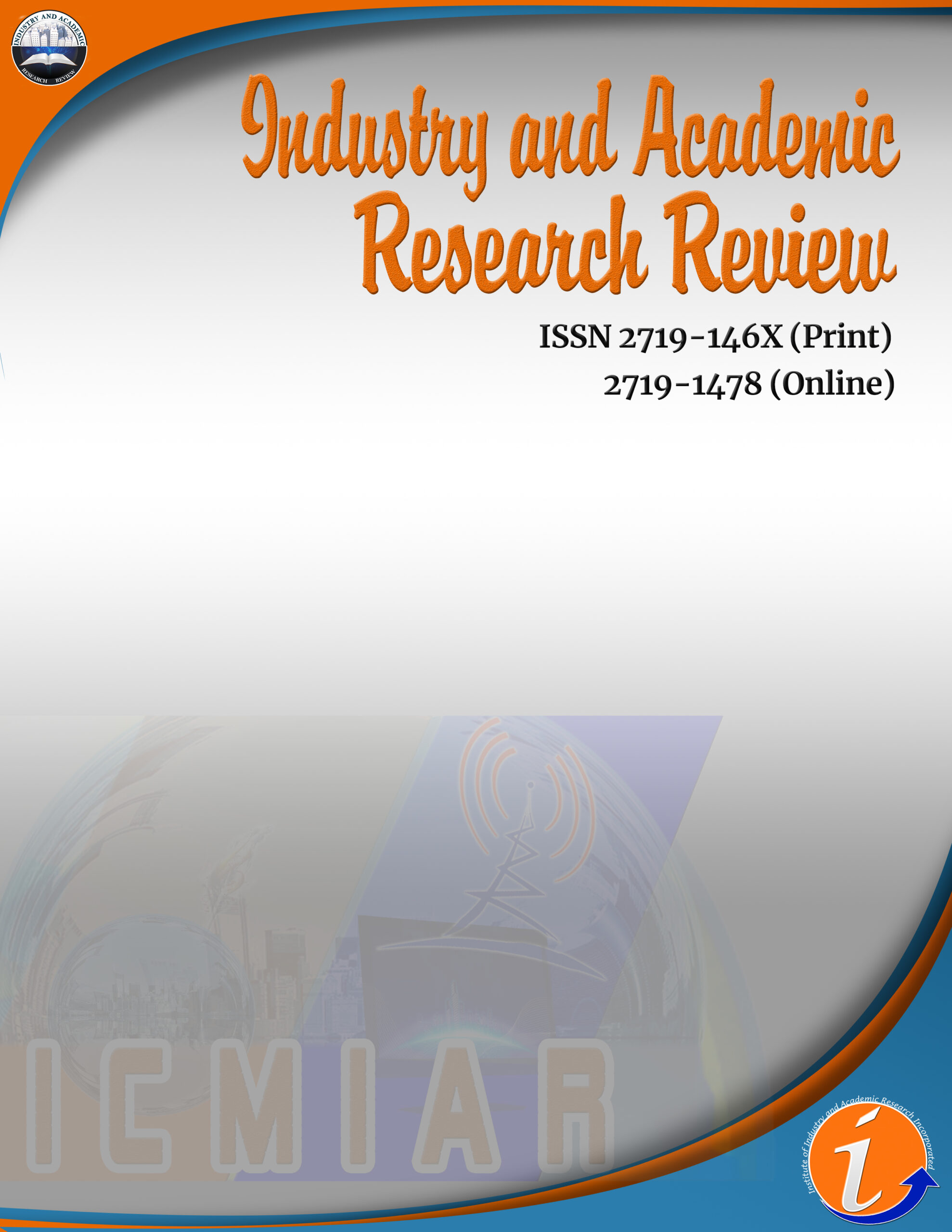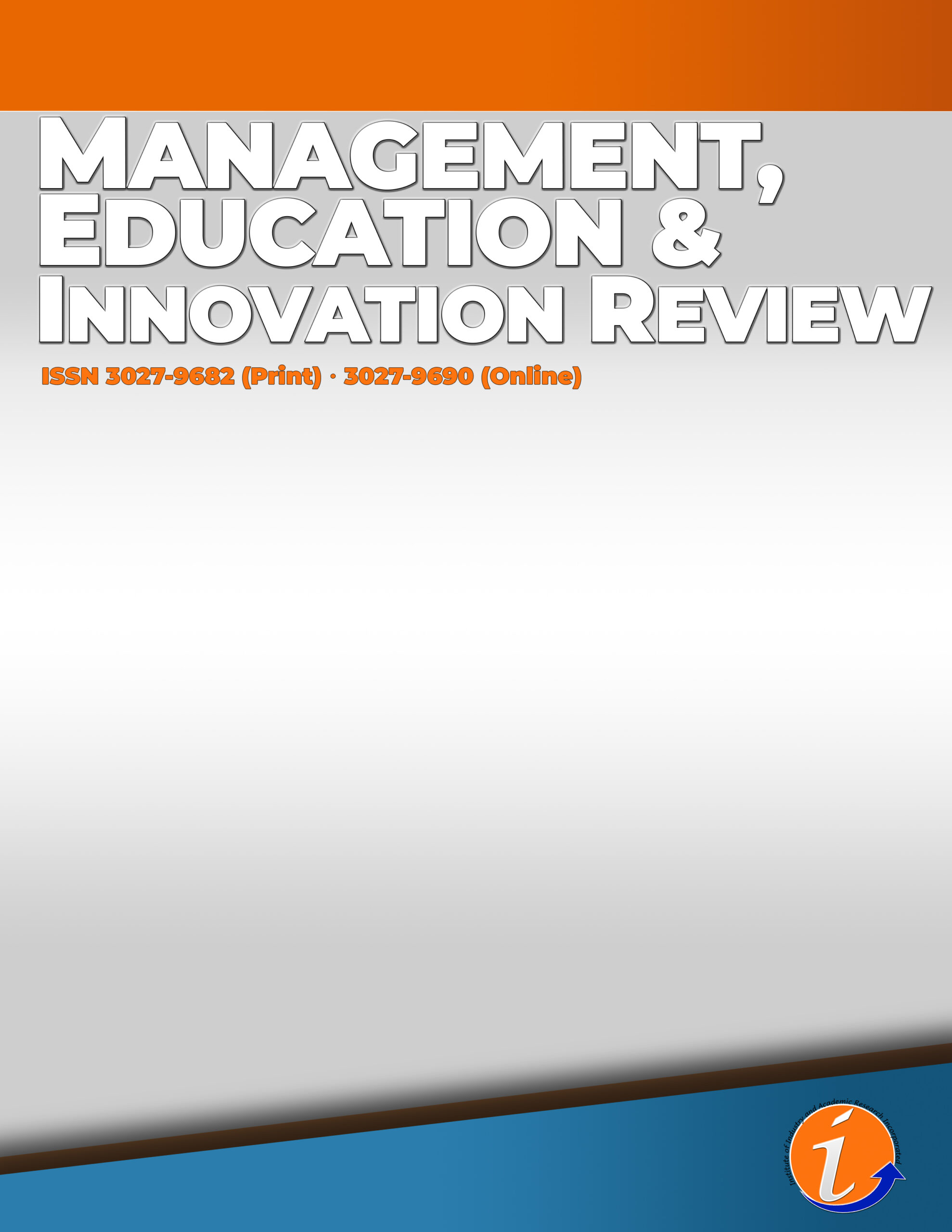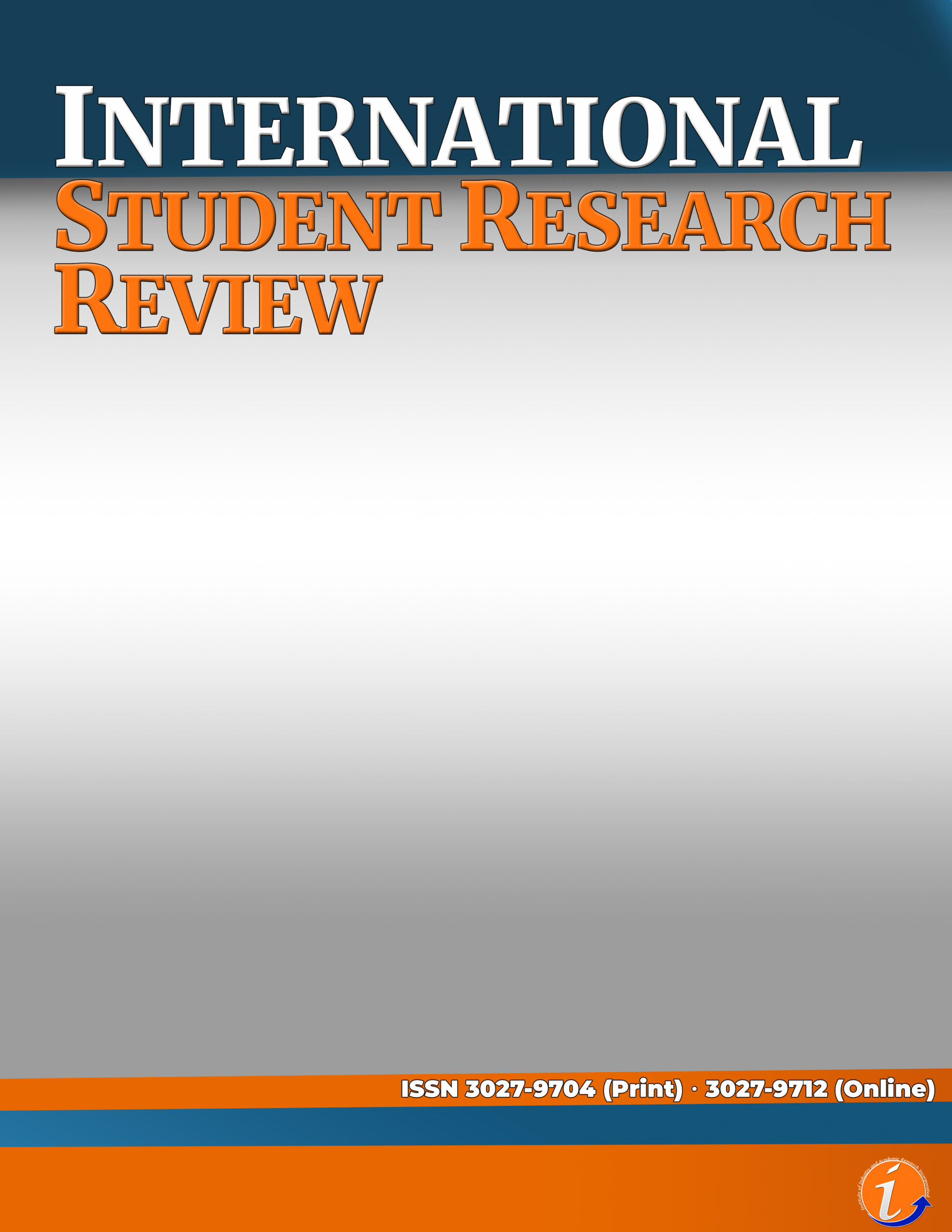Satisfaction among university students cannot be attributed to a single factor alone. The literature indicates that personal factors, instructional factors, university factors, social factors, and outcome-related factors collectively contribute to the satisfaction of university students within the context of higher education. The purpose of this research was to develop and confirm the validity of the above factors influencing student satisfaction of university students. A total of 1814 university students (644 males and 1094 females) from eleven universities in Myanmar participated in this study in February 2020. Many standardized instruments and self-developed instruments were validated and used to measure student satisfaction and its factors. The structural equation modeling approach was done to confirm the validity of the model on factors influencing student satisfaction of university students. SEM results confirmed that instructional factors, social factors and outcome-related factors had direct effect on student satisfaction but personal factors and university factors had only indirect effect on it through social factors. Totally, 64.5 % of the variance in student satisfaction can be explained by the structural equation model. This study provided a research insight on the relationship of factors influencing student satisfaction and important implications for stakeholders to develop intervention plans and ways to improve university students’ satisfaction.
Student Satisfaction, Structural Equation Modeling, Personal Factors, Social Factors, Universtiy Factors, Instructional Factors, Outcome-related Factors
This paper is presented in 4th International Conference on Multidisciplinary Industry and Academic Research (ICMIAR)
Astin, A. W. (1993). What Matters in College: Four Critical Years Revisited. The Journal of Higher Education. 22. https://doi.org/10.2307/1176821
Duque, L. (2014). A framework for analysing higher education performance: Students’ satisfaction, perceived learning outcomes, and dropout intentions. Total Quality Management & Business Excellence, 25(1–2), 1–21. https://doi.org/10.1080/14783363.2013.807677
Hooper, D., Coughlan, J., & Mullen, M. R. (2008). Structural Equation Modelling: Guidelines for Determining Model Fit. The Electronic Journal of Business Research Methods, 6 (1), 53 – 60. https://academic-publishing.org/index.php/ejbrm/article/view/1224/ 1187
Juillerat, S. L. (1995). Investigating a two-dimensional approach to the assessment of student satisfaction: Validation of the student satisfaction inventory. Temple University, Philadelphia, PA.
Orpen, C. (1990). The measurement of student university satisfaction: A consumer behavior perspective. Journal of Human Behavior and Learning, 7, 34-37.
Than, W. W., & Khaing, N. N. (2020). A Meta-Analysis on Factors Influencing Student Satisfaction in Higher Education. Myanmar Academy of Arts and Science, 18 (9B), 393-404.
Wong, W. H., & Chapman, E. (2023). Student satisfaction and interaction in higher education. Higher education, 85(5), 957–978. https://doi.org/10.1007/s10734-022-00874-0
Cite this article:
Wai Wai Than & Nu Nu Khaing (2023). A Structural Equation Model of Factors Influencing Student Satisfaction of University Students in Myanmar. Industry and Academic Research Review, 4 (1), 456-461.
License:
![]()
This work is licensed under a Creative Commons Attribution (CC BY 4.0) International License.













